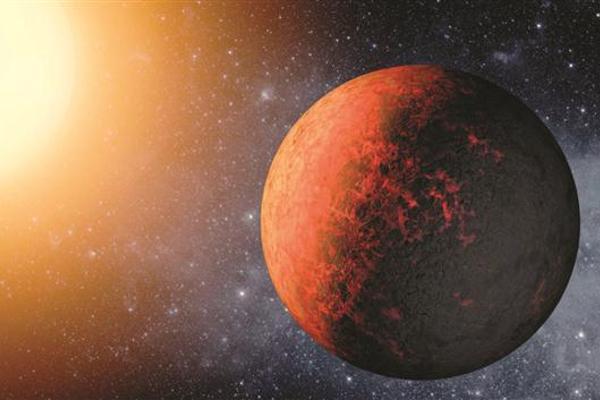Kepler telescope finds 11 new solar systems
CAPE CANAVERAL, Florida - Reuters


NASA’s Kepler mission has discovered the first Earth-size planets orbiting a sun-like star outside solar system, a milestone in the search for planets like the earth. REUTERS photo
NASA’s planet-hunting Kepler space telescope has found 11 new planetary systems, including one with five planets all orbiting closer to their parent star than Mercury circles the Sun, scientists said on Jan. 26.The discoveries boost the list of confirmed extra-solar planets to 729, including 60 credited to the Kepler team. The telescope, launched in space in March 2009, can detect slight but regular dips in the amount of light coming from stars. Scientists can then determine if the changes are caused by orbiting planets passing by, relative to Kepler’s view.
Kepler scientists have another 2,300 candidate planets awaiting additional confirmation.
None of the newly discovered planetary systems are like our solar system, though Kepler-33, a star that is older and bigger than the Sun, comes close in terms of sheer numbers. It has five planets, compared to our solar system’s eight, but the quintet all fly closer to their parent star than Mercury orbits the Sun.
The planets range in size from about 1.5 times the diameter of Earth to five times Earth’s diameter. Scientists have not yet determined if any are solid rocky bodies like Earth, Venus, Mars and Mercury or if they are filled with gas like Jupiter, Saturn, Uranus and Neptune.
The Kepler team previously found one star with six confirmed planets and a second system with five planets, said planetary scientist Jack Lissauer, with NASA’s Ames Research Center in Moffett Field, California.
